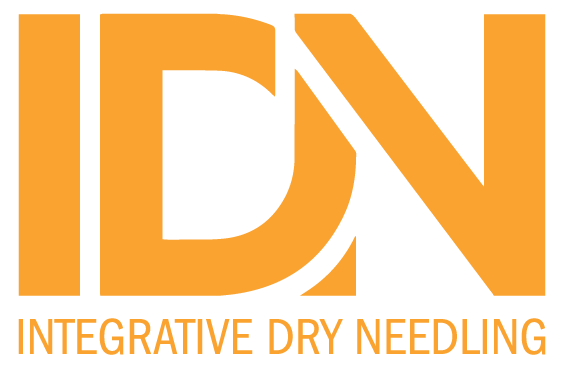 |
Related Articles |
Treatment of subacute posterior knee pain in an adolescent ballet dancer utilizing trigger point dry needling: a case report.
Int J Sports Phys Ther. 2014 Feb;9(1):116-24
Authors: Mason JS, Tansey KA, Westrick RB
Abstract
STUDY DESIGN: Case Report.
BACKGROUND AND PURPOSE: Dry needling (DN) is an increasingly popular intervention used by clinicians as a treatment of regional neuromusculoskeletal pain. DN is an invasive procedure that involves insertion of a thin monofilament needle directly into a muscle trigger point (MTP) with the intent of stimulating a local twitch response. Current evidence is somewhat limited, but recent literature supports the use of this intervention in specific neuromusculoskeletal conditions. The purpose of this case report is to present the outcomes of DN as a primary treatment intervention in an adolescent subject with subacute posterior knee pain.
CASE DESCRIPTION: The subject was a 16-year-old female competitive ballet dancer referred to physical therapy with a two month history of right posterior knee pain. Palpation identified MTPs which reproduced the patient’s primary symptoms. In addition to an exercise program promoting lower extremity flexibility and hip stability, the subject was treated with DN to the right gastrocnemius, soleus, and popliteus muscles.
OUTCOMES: The subject reported being pain free on the Numerical Pain Scale and a +7 improvement in perceived change in recovery on the Global Rating of Change at final follow-up. Physical examination demonstrated no observed impairments or functional limitations, including normal mobility, full strength, and unrestricted execution of dance maneuvers.
DISCUSSION: The patient was able to return to high level dance training and competition without physical limitations and resumed pre-injury dynamic movement activities including dancing, running, jumping, and pivoting without pain. DN can be an effective and efficient intervention to assist patients in decreasing pain and returning to high intensity physical activity. Additional research is needed to determine if DN is effective for other body regions and has long-term positive outcomes.
LEVEL OF EVIDENCE: Level 4.
PMID: 24567862 [PubMed]

